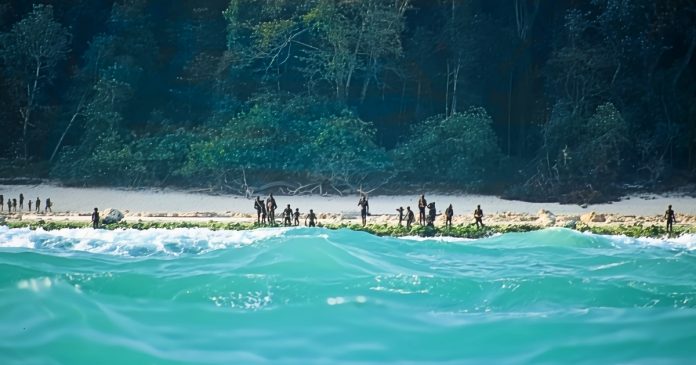In the Andaman Sea, where turquoise waves lap at the coral-encrusted shores of North Sentinel Island, a people dwell beyond the reach of history. The Sentinelese, among Earth’s last voluntarily isolated tribes, guard their 60 square-kilometer sanctuary island with arrows that pierce both flesh and the illusion of modern supremacy. For perhaps 60,000 years, they have stood apart, their lives an enigma that haunts our understanding of time and progress. Their story, stitched from fleeting, often fatal encounters, evokes a chilling awe. Forcing us to wonder: Have we, in our ceaseless march of modernity, lost something they have preserved?
A People Shrouded in Mystery

The Sentinelese trace their roots to an ancient chapter of humanity’s journey. Modern humans, Homo sapiens, emerged in Africa around 300,000 years ago, spreading in waves across the globe as early as 200,000 years ago. The Sentinelese likely descend from a migration to the Andaman and Nicobar Islands, perhaps 65,000 to 50,000 years ago, when seafarers crossed the Indian Ocean’s shallow waters. Genetic studies of related Andamanese tribes, such as the Onge and Jarawa, reveal a divergence in DNA around 24,000 years ago, suggesting prolonged isolation from mainland populations (Barik et al., 2008). The Sentinelese’s own DNA remains unstudied; their numbers are a mystery.
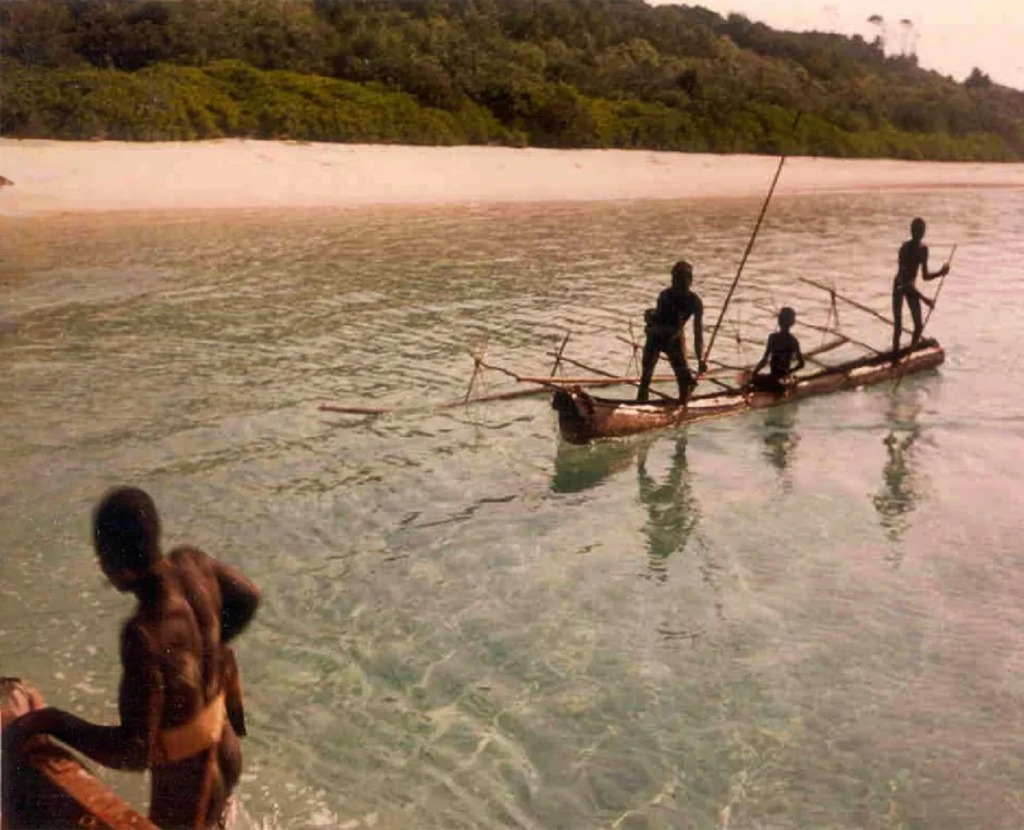
Image credit: © A. Justin, An. S.I.. Courtesy of Survival International
Observed during rare contact attempts we know they live as hunter gatherers. Narrow outrigger canoes have been witnessed along with stone age tools such as adze and maces. As well as most infamously and with deadly results bows and arrows. Communal huts or temporary shelters have been seen along the shore. Their language, as reported from neighboring Jarawa or Onge tribes, is unclassified and unintelligible. The Sentinelese remain a cipher; their culture is a citadel we cannot breach; their survival testifies to a defiance that humbles our own.
A Litany of Doomed Encounters
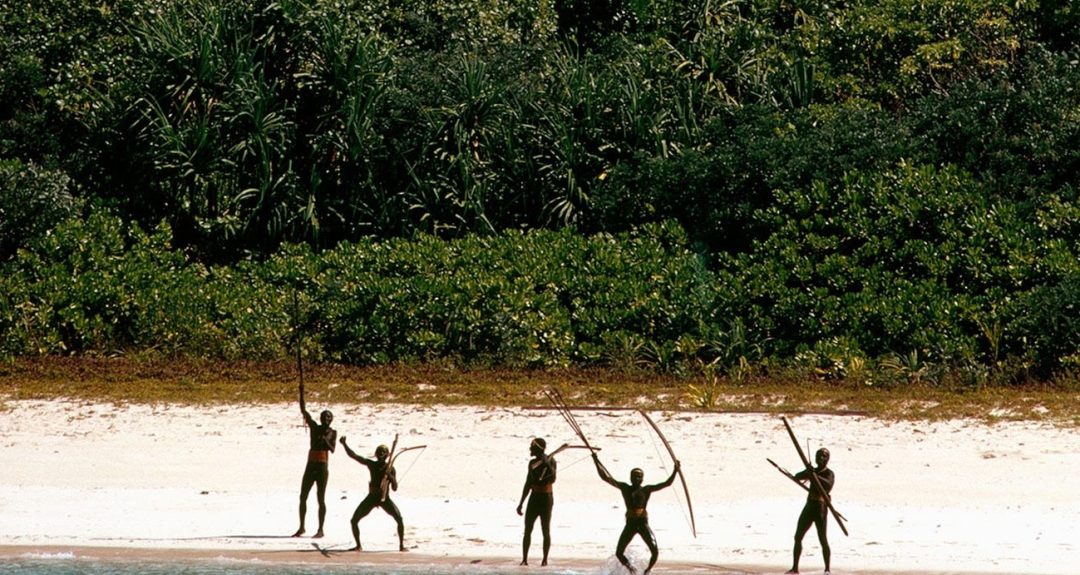
The Sentinelese have carved their will into the bones of those who dared approach. Their island, a verdant stronghold, repels intruders with arrows that bear centuries of resolve. Each attempt to pierce their solitude, whether by explorers, scientists, or zealots, has ended in retreat or death.
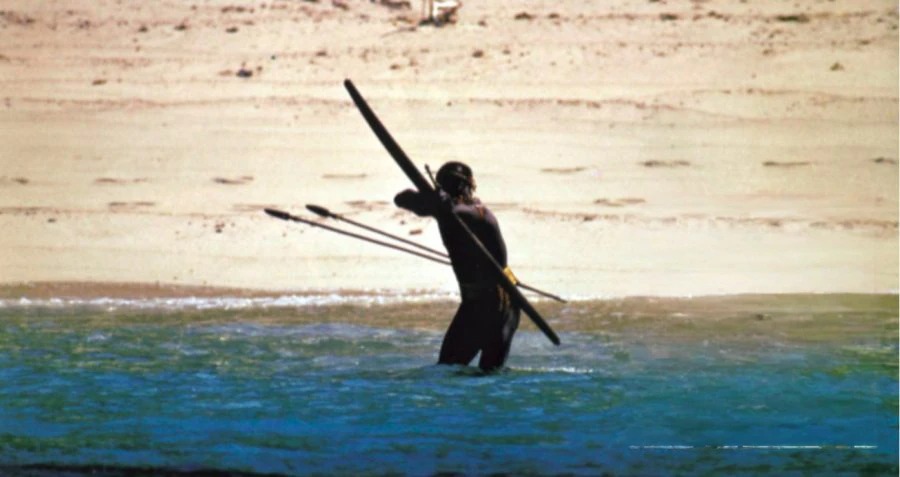
1880: The British Abduction:
In 1880, British colonial officer Maurice Vidal Portman, driven by a colonial thirst for knowledge, kidnapped an elderly couple and four children from North Sentinel. Taken to Port Blair, they succumbed to diseases their bodies could not fathom. The survivors, returned to the island, likely spread illness, as Sasikumar (2023) notes, seeding a distrust that burns to this day. The Sentinelese’s arrows, ever after, carried the weight of this betrayal.
1974: Arrows in the Fog:
An Indian expedition in 1974, documented by Pandit (1990), sought to offer gifts; coconuts, aluminum cookware to the Sentinelese. A National Geographic crew tagged along, cameras rolling. The response was swift: arrows rained down, one striking the film director in the thigh. The warrior who fired it stood defiant, a silhouette of warning against the morning mist. The gifts, left on the shore, were claimed only after the outsiders fled.
1981: The Primrose Siege:
When the cargo ship Primrose grounded on North Sentinel’s reefs in 1981, its crew faced a nightmare. Sentinelese warriors emerged, firing arrows and brandishing spears, as recounted in Sasikumar (2023). For days, the stranded sailors endured this onslaught until a helicopter extracted them, arrows chasing the rotor’s hum. The ship’s wreckage became the tribe’s quarry; its metal forged into new weapons.
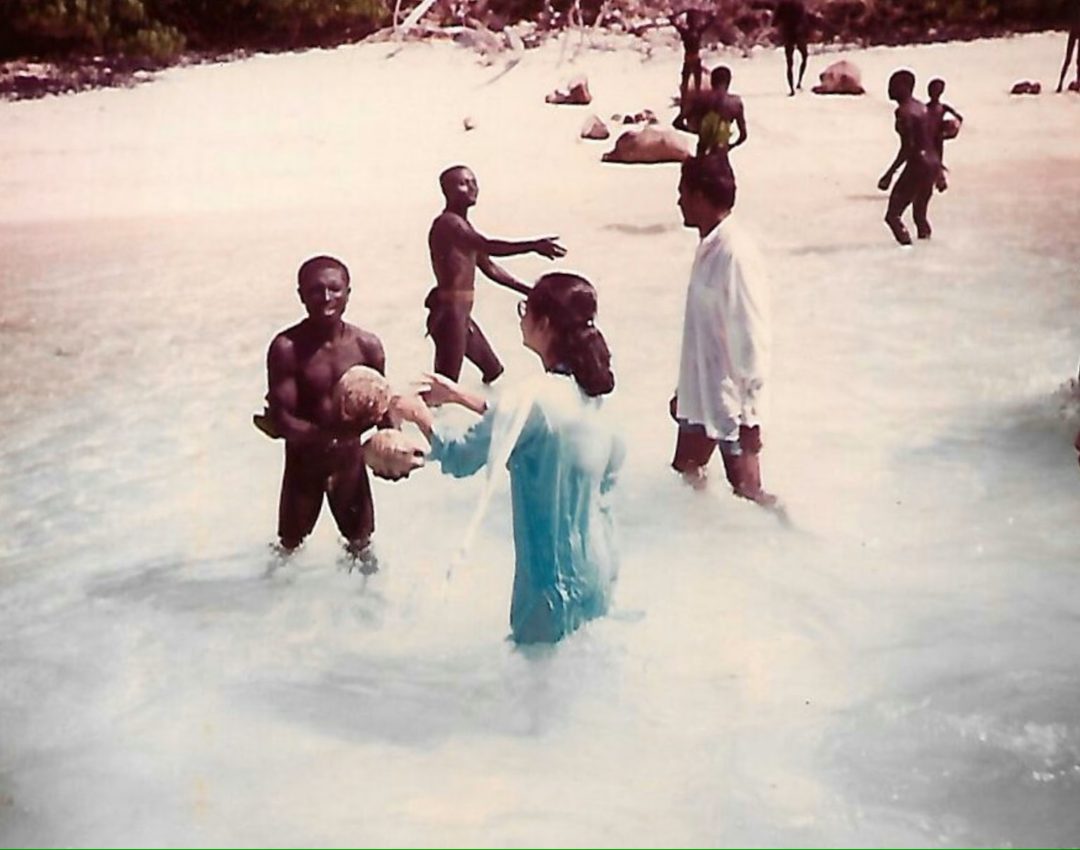
A Fragile Truce Broken:
In 1991, a rare flicker of connection emerged. Anthropologist Madhumala Chattopadhyay, the first woman to engage the Sentinelese, joined a mission offering coconuts. As she recounts (Chattopadhyay, various), men waded into the water, accepting the gifts with wary curiosity. Yet, this fragile truce shattered in a later 1991 visit, arrows flew, nearly killing team members, as Pandit (1990) notes.
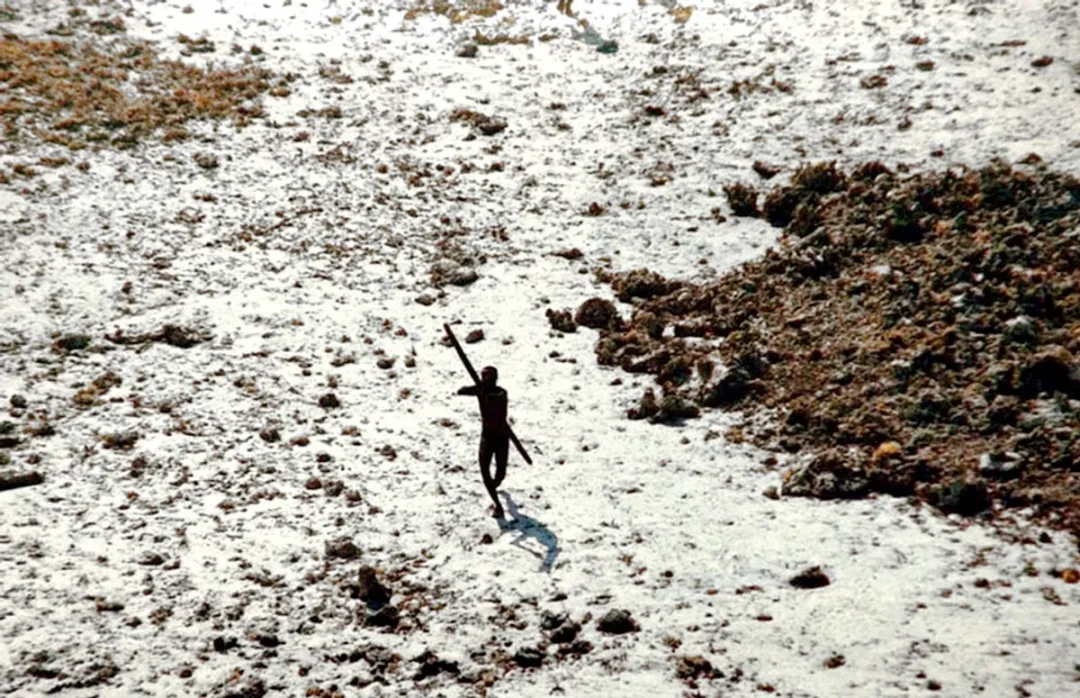
2004: Defiance Amid Ruin:
The 2004 Indian Ocean tsunami ravaged the Andaman region, prompting an Indian Navy helicopter to check on the Sentinelese. As Pandit (1990) and Sasikumar (2023) describe, a lone warrior emerged, bow drawn, aiming at the hovering craft. Even nature’s fury could not bend their will—a chilling testament to their unyielding spirit.
2006: The Fishermen’s Grave:
In January 2006, two Indian fishermen, Sundar Raj and Pandit Tiwari, drifted too close to the island while fishing illegally. The Sentinelese killed them with arrows, burying their bodies on the beach. A recovery helicopter faced a hail of arrows, forcing retreat. The graves remain, untouched, a silent warning.
2018: The Missionary’s Folly:
In 2018, American missionary John Allen Chau, driven by a zeal to convert the Sentinelese, approached illegally. His journal records initial attempts to offer fish, met with arrows and a child’s near-miss shot. On his final approach, the Sentinelese killed him, dragging his body to the shore. India left his remains, honoring the tribe’s isolation.
Despite later incursions in 1996, India enacted a 5-km exclusion zone, under the 1956 Protection of Aboriginal Tribes Regulation, a policy rooted in respect—and fear.
A Shield Against Oblivion
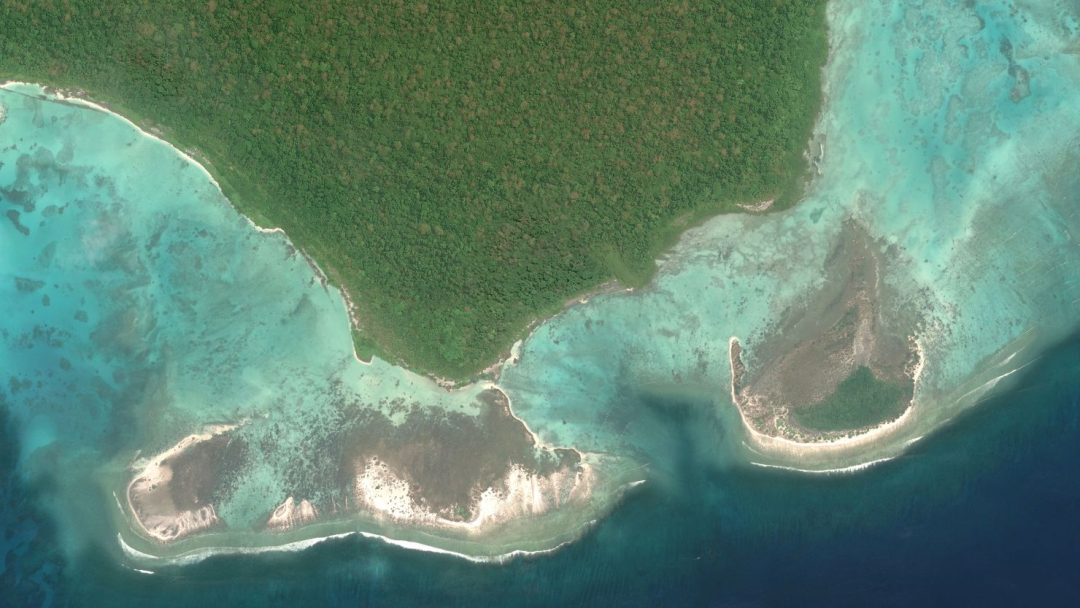
Maxar Technologies/Getty Images/File
The Sentinelese’s isolation is their salvation. With no immunity to diseases like measles or flu, contact could be catastrophic, as seen in the near-extinction of other Andamanese tribes post-1880s (Sasikumar, 2023). Survival International warns that even well-intentioned intrusion risks genocide through disease. Not to mention cheap internet stunts like the recent YouTuber who dropped off a can of coke on the shore. Their vulnerability, paired with their ferocity, is a warning all should heed.
A Shadow Cast on Our World
The Sentinelese haunt our imagination, their arrows are a rebuke to our certainty. Our modernity its cities, wars, and fleeting digital triumphs, sprawl across the globe, yet falter before this tiny island. The Sentinelese, untouched by our chaos, live as they always have. Their defiance, lethal and resolute, forces us to confront our perceived choices.
The Sentinelese stand as a living enigma, their island a fortress that time cannot breach. They ask nothing of us, save to be left alone. Their arrows, fired across centuries, carry a warning we ignore at our peril. Pandit (1990) wrote that their isolation is their power, a choice to remain apart in a world that demands submission. In their defiance, we glimpse not just a people, but a mirror, reflecting our hubris, our fragility, the awe inspiring mystery of those who have fought off time itself.
Glaring Dichotomy
In a global age of advancement, the Sentinelese among a few other uncontacted tribes exist as they did in the stone age. Many pundits today will claim the abundance of evidence of only stone age peoples in the historical record rules out the possibility of lost advanced civilizations. The people of North Sentinal Island stand in stark contrast to this assertion.

